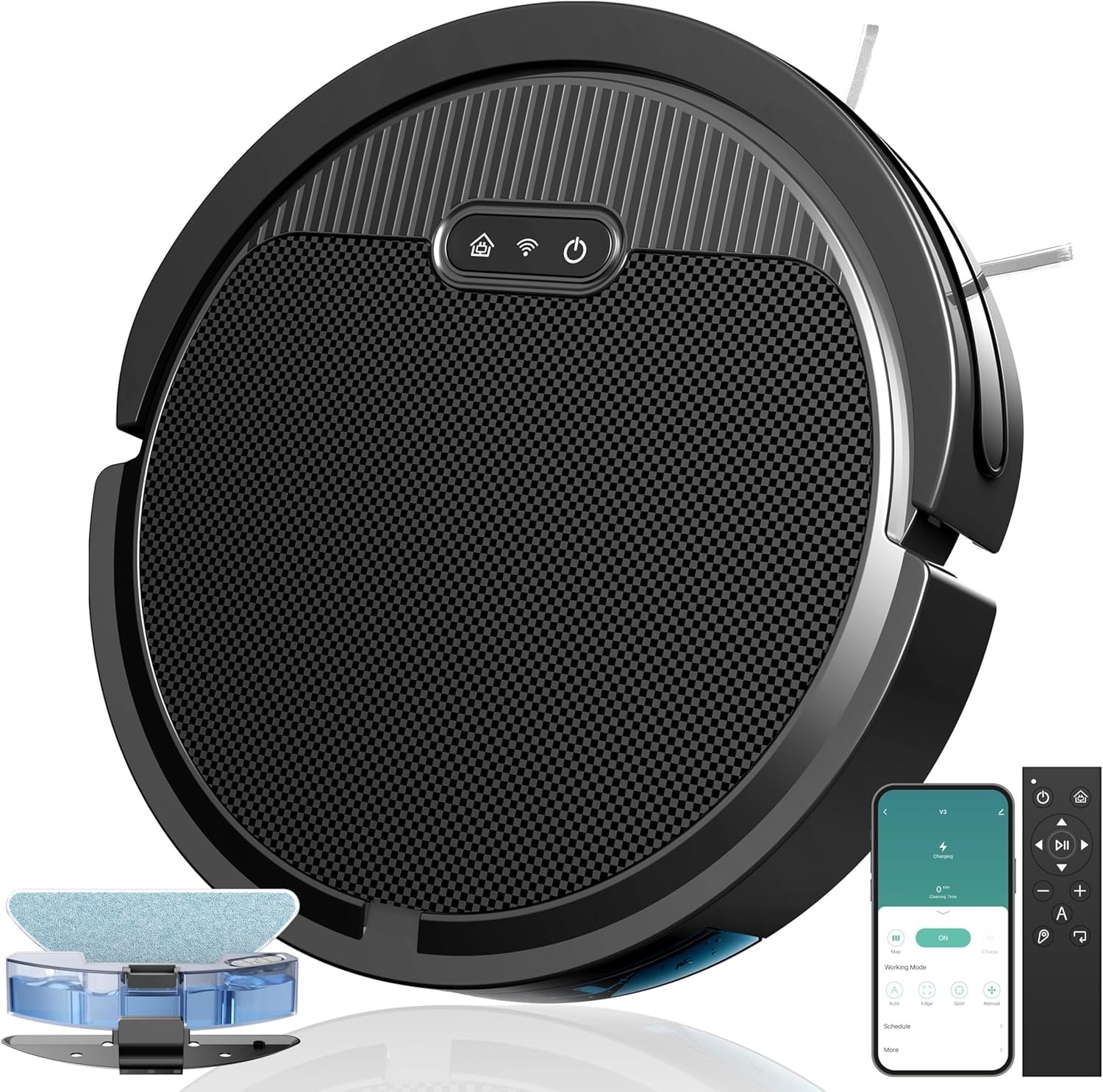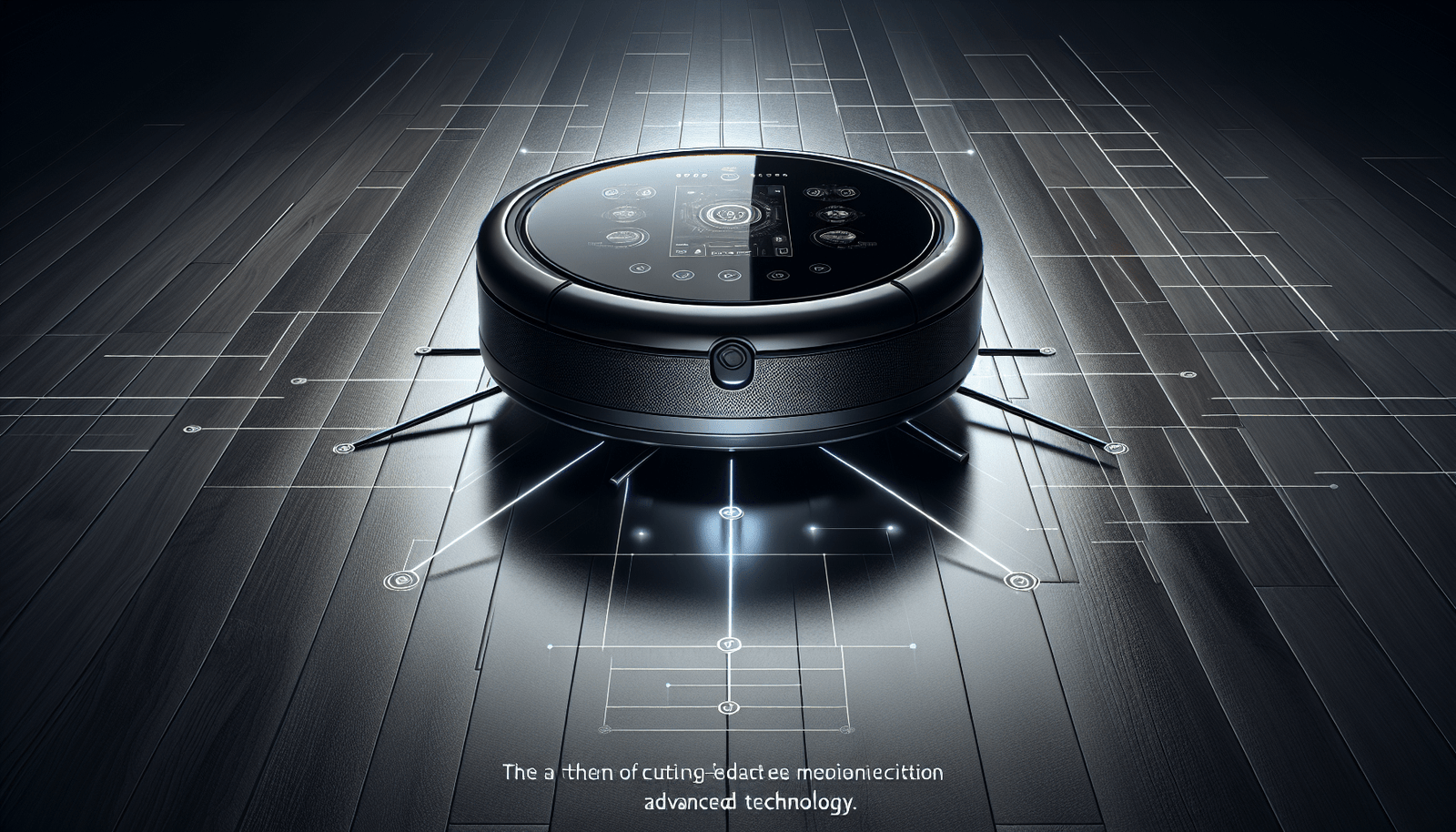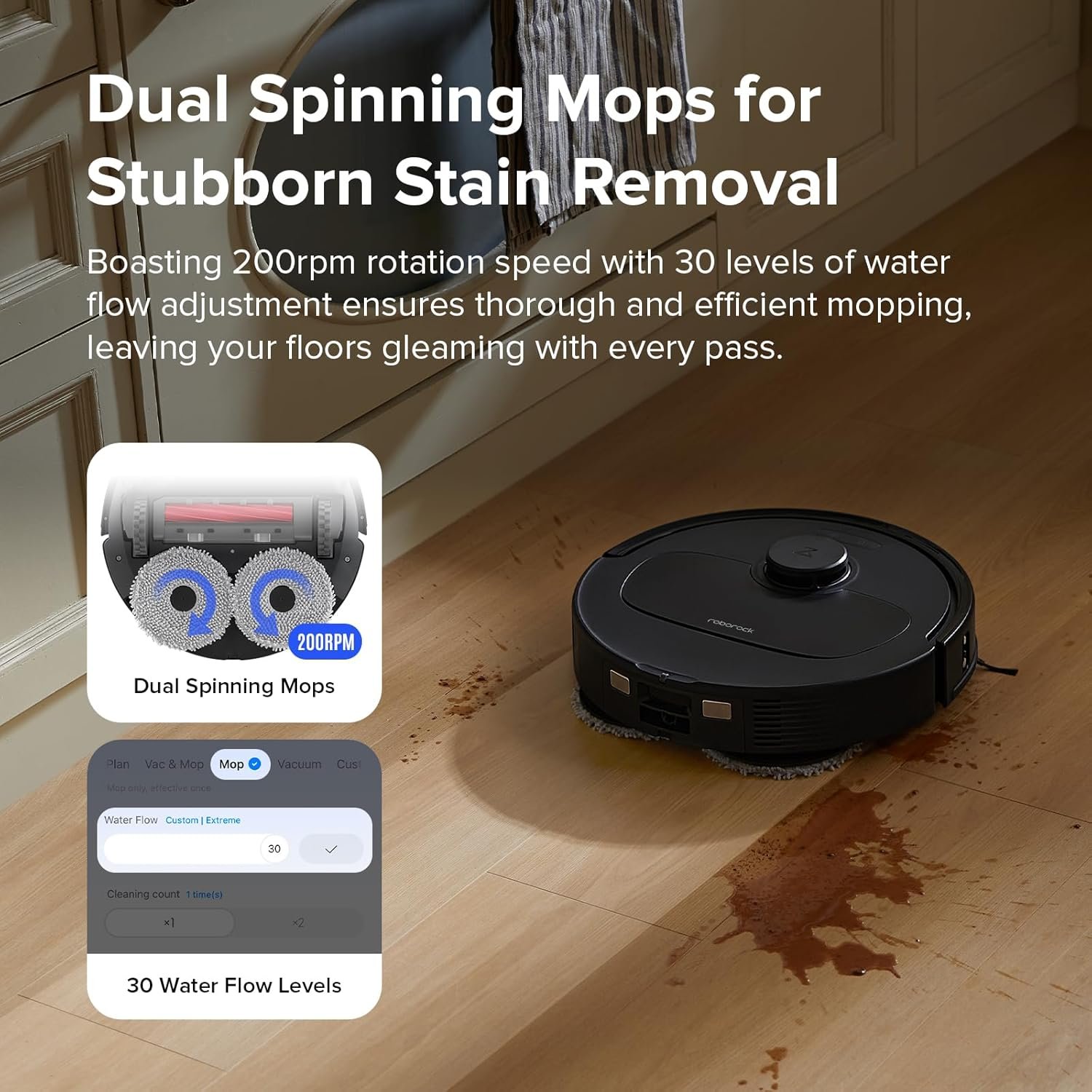Have you ever wondered if a robot vacuum can truly keep your hardwood floors as spotless as you’d like? Whether you’re a tech enthusiast, a first-time buyer, or someone looking for a hassle-free cleaning solution, understanding how these little robots perform on hardwood surfaces can help you make an informed decision.
Understanding Robot Vacuums
Robot vacuums, often referred to as smart vacuums, are autonomous cleaning devices designed to keep your floors tidy with minimal effort from your side. The key attraction of these gadgets is their ability to navigate floors without human intervention. But the question remains—how well do they work on hardwood floors?
How Robot Vacuums Navigate
At the heart of a robot vacuum’s operation is its navigation system. These vacuums use a combination of sensors, cameras, and algorithms to map out the floor space and steer clear of obstacles. Advanced models may include LiDAR detection for more precise mapping. On hardwood floors, where the surface is smooth, navigation is typically more efficient compared to carpets.
The Role of Sensors
Sensors play a crucial role in detecting floor types and adjusting the vacuuming process accordingly. On hardwood floors, sensors help the robot avoid bumps and ensure efficient cleaning without scratching the surface. Sensors also prevent the vacuum from falling off stairs and help it transition smoothly between different floor types.
Effectiveness on Hardwood Floors
Robot vacuums can be particularly effective on hardwood floors due to their smooth surface. Let’s dive into what makes them suitable for these types of floors.
Cleaning Performance
One of the strengths of robot vacuums on hardwood floors is their ability to pick up dust, hair, and small debris. Many models come equipped with long side brushes that can reach into corners and edges—areas that typically accumulate dirt. Moreover, the suction power of these vacuums is usually adjustable, allowing for deep cleaning without the risk of damaging the floor.
Managing Pet Hair and Allergens
For pet owners, keeping hardwood floors free from fur and dander can be a constant battle. Fortunately, many robot vacuums are designed to manage pet hair effectively. Some even come with HEPA filters that capture allergens and dust particles, making them a great choice for allergy sufferers.
Noise Levels
Hardwood floors can amplify noise, which is an important consideration if you’re sensitive to sound. Robot vacuums vary in noise output, but many models are engineered to operate quietly. This means you can enjoy a clean home without a persistent, loud background noise.
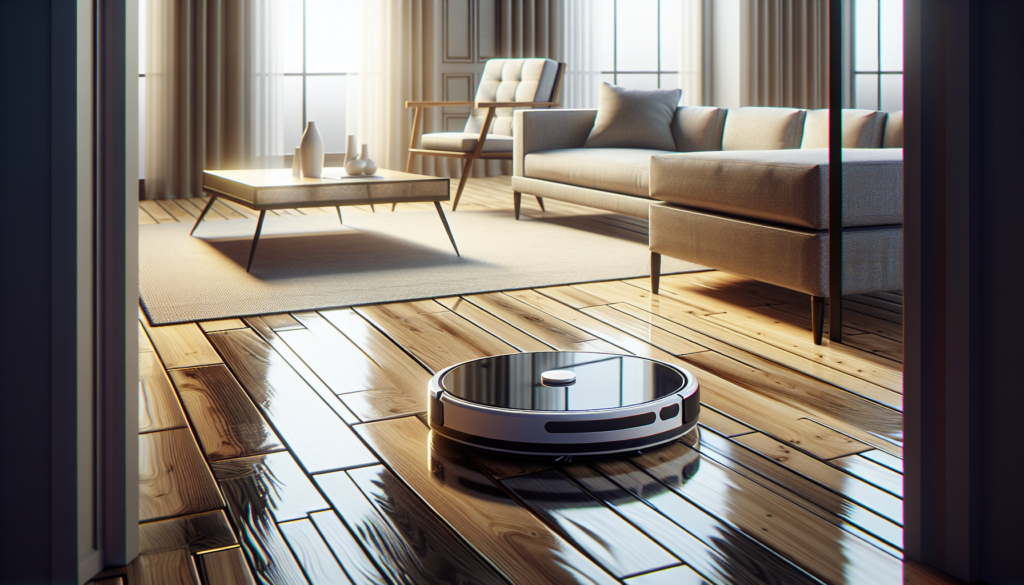
Comparing Robot Vacuum Models
Selecting the right robot vacuum for your hardwood floors involves comparing various models and features.
Budget-Friendly Options
If you’re budget-conscious, there are many affordable robot vacuums that offer decent performance on hardwood floors. These models may lack some advanced features but can still provide reliable cleaning. They usually come with basic navigation systems and a single cleaning mode.
Mid-Range Models
Mid-range models often come with additional features, such as more powerful suction, better battery life, and enhanced navigation systems. They might include connectivity options that enable you to control the vacuum via smartphone apps, making them suitable for tech-savvy users wanting more control.
High-End Choices
High-end robot vacuums tend to offer the best performance on hardwood floors. These models often feature advanced mapping systems, multiple cleaning modes, and superior suction power. In addition to smart home integration capabilities, they provide the most thorough cleanings and can effectively handle complex floor plans.
| Feature | Budget-Friendly | Mid-Range | High-End |
|---|---|---|---|
| Suction Power | Basic | Moderate | Powerful |
| Navigation System | Basic Sensors | Improved Mapping | Advanced (LiDAR) |
| Connectivity | Limited | Smartphone Control | Full Smart Home Integration |
| Cleaning Modes | Single | Multiple | Extensive |
| Battery Life | Decent | Good | Excellent |
Caring for Your Hardwood Floors
While robot vacuums can make your cleaning routine easier, it’s essential to use them wisely to protect your hardwood floors.
Preventing Scratches
To avoid scratches, ensure that your robot vacuum is equipped with soft rubber wheels and brushes designed for hardwood floors. Regularly check the brushes for debris that can cause scratches and clean them as needed.
Managing Spills
Robot vacuums are not designed to handle wet spills. For liquid messes, it’s crucial to clean them manually to avoid damaging both the floor and the vacuum. Consider mopping functions available in some models for light maintenance.
Maintenance Tips
Keep your robot vacuum in top shape by performing regular maintenance. This involves emptying the dustbin, cleaning the filters and brushes, and checking the sensors. Regular maintenance not only prolongs the life of your vacuum but also ensures it continues to clean effectively.
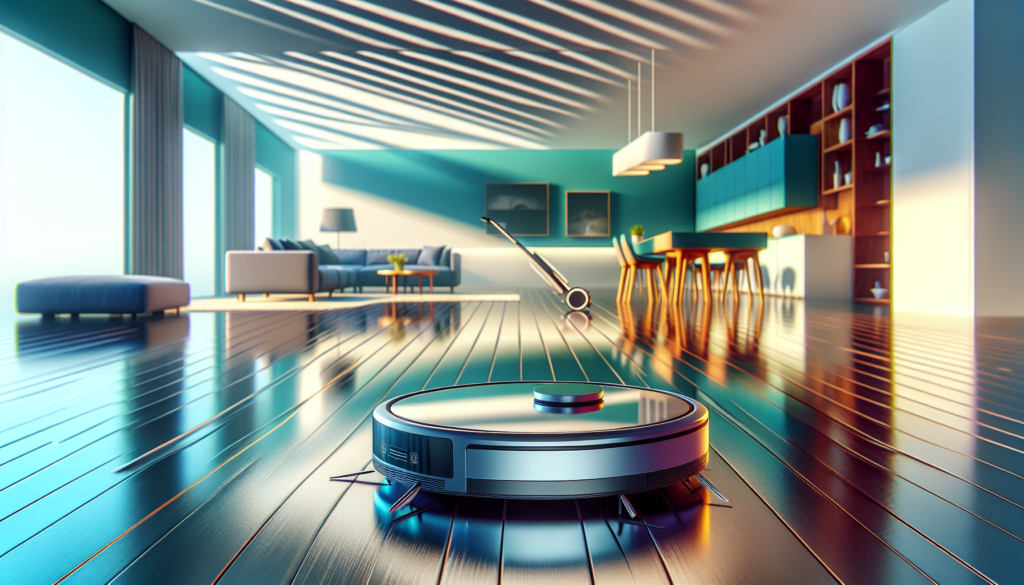
Common Concerns and Misconceptions
You might have some reservations about using a robot vacuum on hardwood floors. Let’s address some of these common concerns.
Will It Damage My Floors?
Many people worry that robot vacuums could scratch or damage their hardwood floors. However, modern models are designed with this in mind. With soft brushes and wheels, they are usually safe for delicate surfaces. It’s best to confirm that the model you’re considering is suited for hardwood to avoid potential issues.
Battery Life and Charging
Battery life is a major concern, especially for larger homes. Generally, robot vacuums can run anywhere from 60 to 120 minutes on a full charge. Most models can automatically return to their charging stations when the battery is low, which means you don’t have to worry about them running out of power halfway through a cleaning session.
Noise Levels
Another common concern is the noise produced by these vacuums. While they do make some noise, many are designed to be quieter than traditional vacuums. If you’re sensitive to noise, it might be worth investing in a model known for its quiet operation.
Troubleshooting Tips
Even with the best robot vacuum, you might occasionally encounter issues. Here’s how to troubleshoot some common problems.
Loss of Suction
If the vacuum loses suction, check for blockages in the brushes or dustbin. Cleaning these components can help restore the vacuum’s suction power. Keeping the filters clean also ensures optimal performance.
Navigation Issues
If your robot vacuum is struggling to navigate, it might be due to blocked sensors or outdated firmware. Clean the sensors regularly and ensure that your vacuum’s software is up-to-date for the best navigation performance.
Connectivity Problems
For those models with smart features, connectivity issues are not uncommon. If experiencing connectivity troubles, restarting your router and the vacuum usually resolves the issue. Additionally, ensure that the vacuum is near the Wi-Fi source to maintain a stable connection.
Conclusion
Robot vacuums can be a convenient and effective solution for maintaining hardwood floors. With the right model, you’ll enjoy cleaner floors with minimal effort, allowing you to focus on other important tasks. Whether you’re tech-savvy or new to smart devices, there is likely a robot vacuum that suits your needs and budget. From managing pet hair and allergens to providing a quieter cleaning experience, these devices offer numerous benefits that fit the lifestyles of diverse users. By properly maintaining your vacuum and choosing features that match your specific requirements, you can keep your hardwood floors in pristine condition. Exploring different models and considering their unique capabilities will ensure you find the perfect robotic companion for your home cleaning needs.

